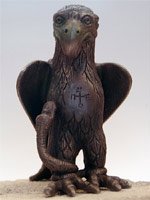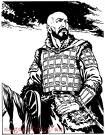
© Photo: BGNES

In anticipation of the Nativity of Christ, the Orthodox Church opens its doors for today's divine services, heralding the fulfillment of the mystery of the Incarnation. "Let us experience the Nativity of Christ during the solemn services, so..
Christmas Eve is one of those quiet family holidays, filled with hope for the future. At the border between the past and the present, Orthodox Bulgarians gather to welcome the days to come. Traditionally, the table on Christmas Eve is simple and..
Today, the Bulgarian Orthodox Church commemorates St. Naum of Ohrid. Naum was a medieval Bulgarian scholar and writer. He was born around 830 and died on December 23, 910. He was of noble origin but he left everything and followed the Slavic..

+359 2 9336 661
